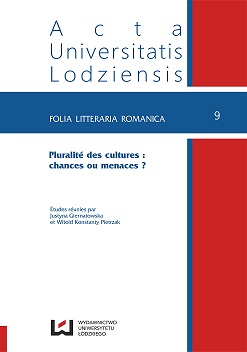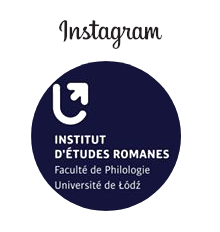Polyphony and Multiple Truths, The Walled City, by Esther David, Identity and Otherness of Indian Women
DOI:
https://doi.org/10.18778/1505-9065.9.12Keywords:
Esther David, The Walled City, polyphony, Indian Jewish communityAbstract
In The Walled City, Esther David tells the story of three generations of women from the Bene Israel. The author, who belongs to this Indian Jewish community, lives in city of Ahmedabad, which was fortified in the fifteenth century. Esther David animates a constant dialogue between Jewish and Indian tradition, self and other, masculine and feminine, between the universal and the particular. Esther David’s books, in particular The Walled City, emphasize that the meeting of cultures, in all its complexity, is an asset that does not threaten identity but reveals the otherness of self and others.
Downloads
Downloads
Published
How to Cite
Issue
Section
License
Copyright (c) 2014 Élizabeth Chalier-Visuvalingam

This work is licensed under a Creative Commons Attribution-NonCommercial-NoDerivatives 4.0 International License.













